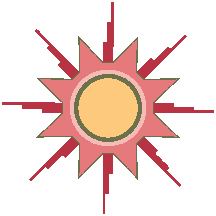Edited by: Roy Cook
Hopi Soyaluna Festival
The Hopi/Hisatsinom
are one of the many Pueblo tribes in the Southwest. The Hopi People are
some of the earliest inhabitants of northern Arizona for over three or
more thousand years. They celebrate December as we name that time of the
year when the Kachinas come down from their home in the San Francisco
Peaks to bring the sun back to the world. The Katsinam or Kachinas, spirits
that guard over the Hopi, dance at the winter solstice Soyal Ceremony
(Soyaluna or Soyalangwul), understood to mean ”Establishing Life
Anew for All the World.”
The Winter Solstice
The Soyal Ceremony begins on the shortest day of the year, and symbolizes the second phase of Creation at the Dawn of Life. Its prayers and rituals implement a plan of life for the coming year, ceremonially turning back the sun toward its summer path. The longest ceremony on the ceremonial cycle, lasting up to 16 days, sacred rituals are performed in underground chambers called kivas.
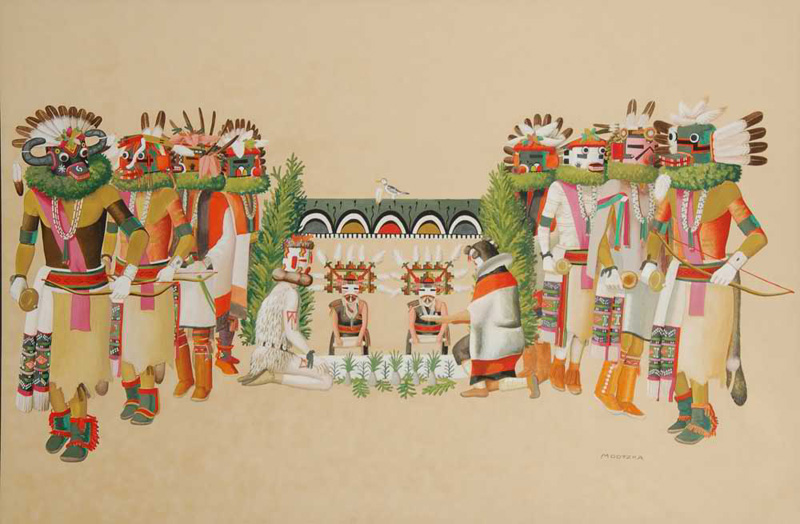
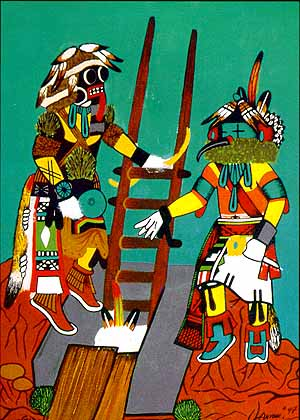
Many ceremonies involve dancing and singing; the kachinas may even bring gifts to the children. At Soyal time elders pass down stories to children, teaching pivotal lessons like respecting others. The Hopi, The Peaceful Ones (Hopitu Shinumu), believe everything that will occur during the year is arranged at Soyal.
“Katsinam are Hopi spirit messengers who send prayers for rain, bountiful harvests and a prosperous, healthy life for humankind. They are our friends and visitors who bring gifts and food, as well as messages to teach appropriate behavior and the consequences of unacceptable behavior. Katsinam, of which there are over two hundred and fifty different types, represent various beings, from animals to clouds.” – Official Hopi Tribal Source
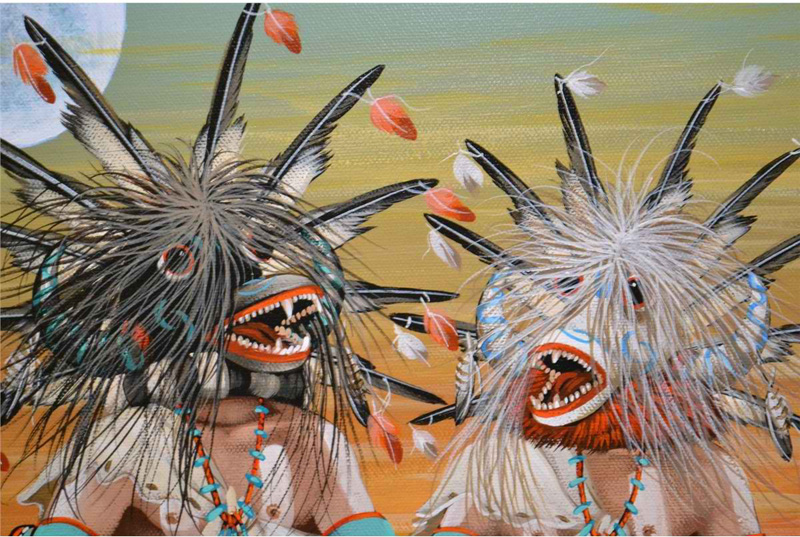
Soyaluna Preparations
In preparation for the kachinas’ arrival, the Hopi make prayer sticks of tied feathers and pinyon needles called Pahos to bless the community, including their homes, animals and plants. Children are given replicas of the kachinas, intricately carved and dressed like the dancers, to help them learn about the hundreds of kachina spirits. Sixteen days before the winter solstice, one of the chief kachinas enters the Pueblo. He appears like a tired, old man who has just awakened from a deep slumber, teetering and on the verge of losing his balance. People follow his every move. He typically staggers over to the dance plaza where with great exaggeration, he dances and sings in a very low voice a song that is regarded as too sacred for the public to hear.
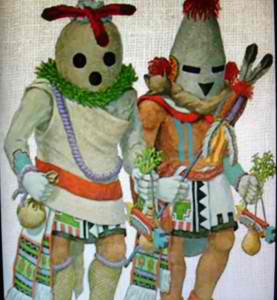
Their Winter Solstice festival is called the Soyaluna and is observed on December 22. Although a black Plumed Snake is the basic symbol of this ceremony it is not based on snake worship. It is one of the Hopi's most sacred ceremonies and is also called the "Prayer-Offering Ceremony" because it is a time for saying prayers for the New Year and for wishing each other prosperity and health.
The Hopi believed that on the summer solstice, when the days are the longest, that the Sun God is closest to Earth. In turn, on the winter solstice, that takes place in December the Sun God has traveled as far from the earth he can. So, in order to bring the Sun God back the warriors have a great festival.
Therefore, the whole purpose of the Soyaluna ceremony that the Hopi do still to this day is to prevent the disappearance of the sun at the time of the year when the days are the shortest.
The preparations for the Soyaluna ceremony start by cutting pieces of cotton string and tying feathers and pinion needles to the end. These are exchanged among friends and relatives during the day. Sometimes this is done by tying them in the recipient's hair.
The main celebration includes telling the story of the holiday. Members of the tribe dress as snakes, warriors, and most importantly the Sun God. They represent in the ceremony that the Sun God is leaving earth forever in darkness. The black snake symbolizes the evil influences that are driving the sun away. So the assembled chiefs make their offerings of prayer and meal to this black Plumed Snake to try to persuade him not to "swallow" the sun, like he does when there is an eclipse. The warriors must convince The Sun God to return by offering gifts, he comes and they celebrate.
